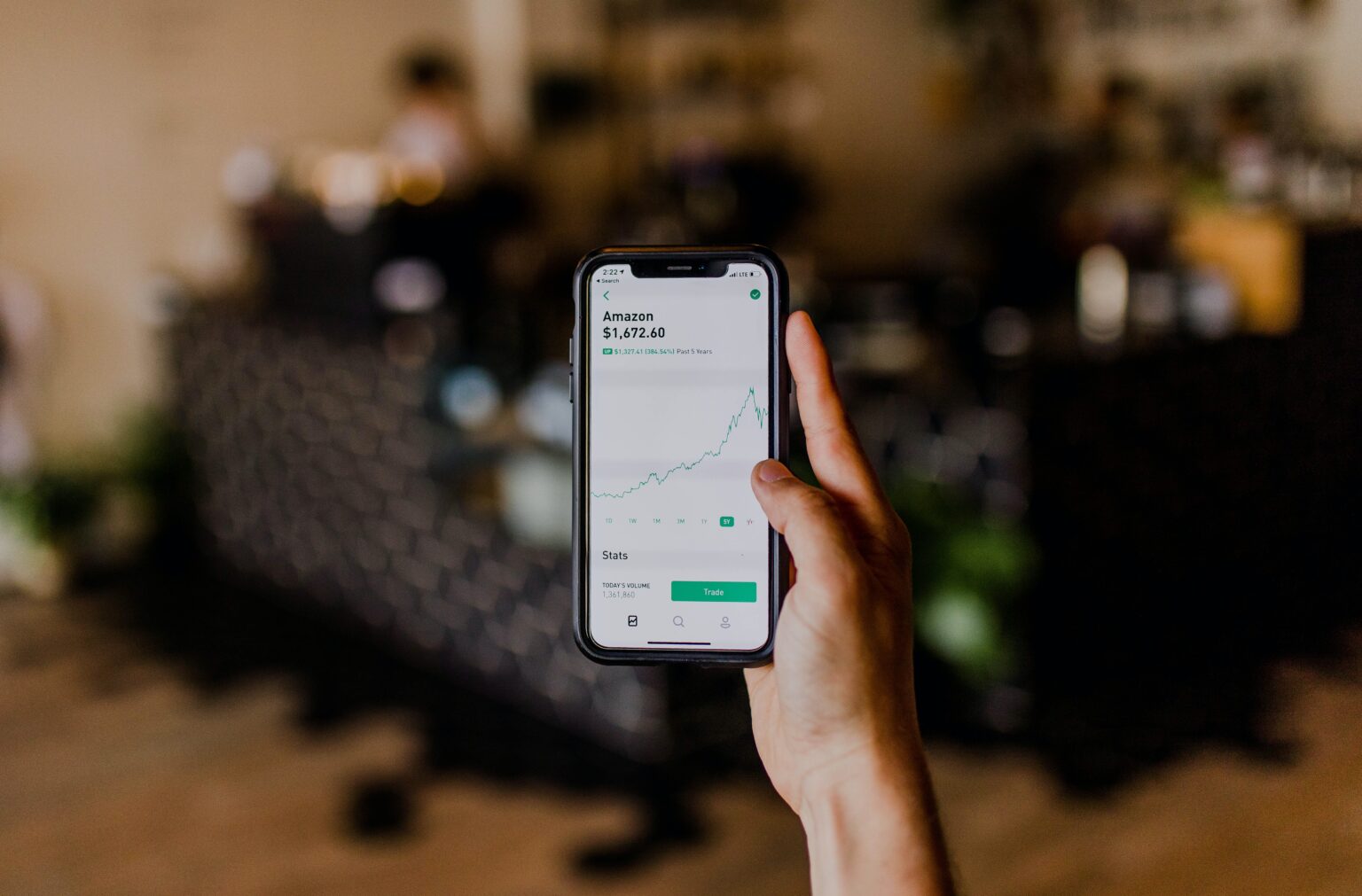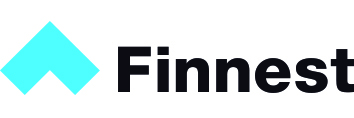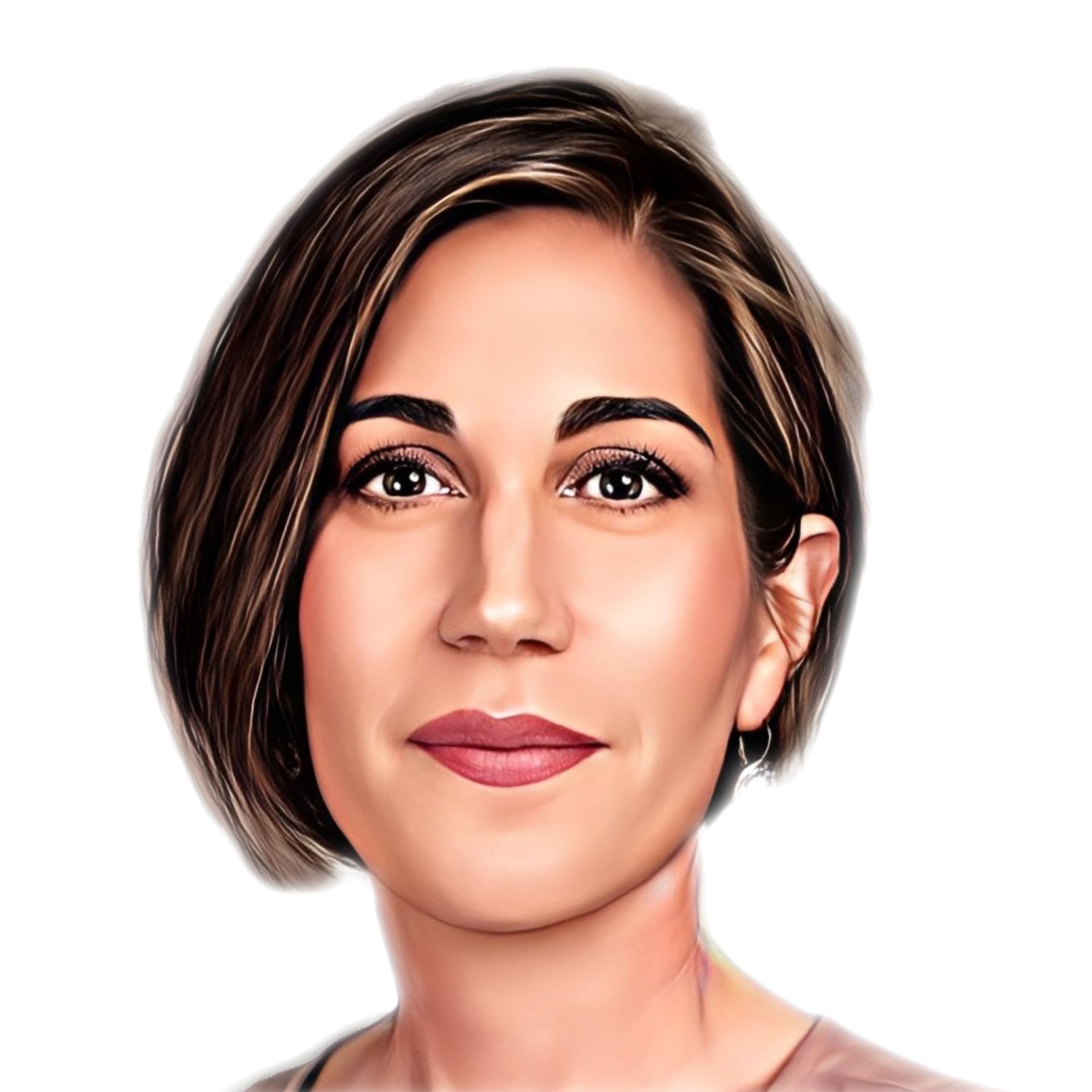As a team of Payment & Banking we try to provide a continuous overview of We report on both small and large fintechsand insurtechs, on established banks as well as neo-banks, on digital strategies, on major investments by national and international financiers, write about exits and provide analyses on current topics.
Some companies appear more frequently in the reporting than others. We want to change that and start a new column with “what does …”, in which we will pay attention to the many great companies in the industry that do an excellent job, but sometimes remain a little under the radar in the daily business. We want to know what’s on the founders’ minds right now, what the current state of play is, what plans are currently being pursued and what the company will even surprise us with soon.
In the current issue, we talk to Günther Lindenlaub from the Austrian crowdinvesting platform Finnest. Founded almost seven years ago by a team of banking and Internet experts, the company specializes in investments and supports partner companies in financing their growth. Since 2019, Finnest has been part of the Invesdor Group of Finland. We talk to Finnest CEO Günther Lindenlaub about expansion plans, past failures and the higher equity requirements of many companies in times of pandemic.
Hi Finnest, how are you doing and what’s currently on your mind?
Thank you, apart from the Corona restrictions – which of course affect everyone else – we are fine. Fortunately, digital financing of companies takes place via computer for all parties involved, from the issuers to the investors, so we are in a comparatively commode situation compared to “analog” industries.
Only recently, we launched a crowdinvesting campaign with Bohlsener Mühle that got off to a brilliant start: Within the first 48 hours, we collected one million euros in investor funds via finnest.com.

Before Christmas, we also concluded the first “profit participation rights deal”, thus helping a German GmbH to acquire real equity capital by digital means. Accordingly, we are already motivated in planning the next projects.
When Finnest was founded in 2014, its mission was to make crowdinvesting possible for users everywhere in Europe. However, you are currently only active in eight markets. Why aren’t there more so far? Is expansion harder than you thought?
The trick is to use your capacities efficiently, and for the time being we have concentrated on the markets in which we encounter the greatest demand – both from companies and investors. But anyway, as of May 2019, we are already able to distribute stocks and bonds across Europe via the www.invesdor.com website. And we still have some plans for the near future.
What part does Germany play in your entrepreneurial considerations/activities?
Germany is now the most important market for us, especially when it comes to expansion. German investors are open to innovative investment vehicles in search of returns in a low interest rate environment, and more and more German companies are finding our approach to financing attractive, as it can also be used for other purposes, such as marketing.
What was the reason to merge with Finnish platform Invesdor in 2019 and what has changed for you since then?
The basic idea behind the merger is to provide investors from all over Europe with investment opportunities in strong and innovative medium-sized companies, which are, after all, the backbone of our economies.

The Invesdor Group, to which Finnest belongs, offers investors the choice between equity and debt investments. These investors should be able to be active on the capital market according to their own taste and risk orientation – and in a modern digital way.
You position yourselves as a leading platform for successful, mid-sized companies – has the pandemic increased companies’ search for capital?
We are already seeing an increased need for financing on the part of companies, especially on the equity side. In order to take this into account, we have, as already mentioned, digitised the old-fashioned profit participation right. Thus also GmbHs can receive genuine own capital funds, without laborious and expensive notary’s acts, dilution of the partners’ shares or surrender of voting rights. And in return, investors get a share of the profits and thus benefit from the growth potential of the companies.
The number of sustainable (organic) SMEs that are looking for investors via your platform is striking. Coincidence or future corporate strategy to be open only to such companies?
It’s not that we’re exclusively targeting sustainable businesses. However, the large number of campaigns by such providers on finnest.com is definitely no coincidence either. Rather, it has become clear that this industry not only embraces innovation in its own business model, but also values it in its financing. In addition, a crowdinvesting campaign can create a special customer proximity – and sustainably operating companies now also have an increased interest in a sustainable customer relationship. And our investor base also values investing their money in sustainable companies.
What are your next goals, what are you focusing on?
In 2021, our goal is to support medium-sized companies in emerging from the crisis with positive energy and capital. We will succeed thanks to the support of a rapidly growing community. In this context, we will continuously expand our range of investment and financing solutions. Let us surprise you – it will be a great year.
In retrospect, which decision has been the most successful for you and why?
Founding Finnest in the first place and leaving the inflexible structures of a major bank was probably the best decision. We now have a strong positioning in the field of crowdinvesting: a traditional medium-sized company that is considering such a form of financing will inevitably take notice of us.
“Leaving the inflexible structures of a big bank was probably the best decision.
In addition, since the merger with Invesdor.com to form the Invesdor Group, we have been Europe’s market leader in digital financing for top medium-sized companies andare responsible for financing of over 200 million euros.
We consider it a great success to have achieved this standing and these volumes. Nevertheless, for us this is just the beginning – we are convinced that this form of investment and financing has immense potential.
What were the biggest failures? What would you do differently today?
Well, in the founding and startup phase, looking back, I would do some things differently, but that’s a whole other and longer story. Now we have a great team and satisfied customers – and with that the “birth pains” are forgotten.

